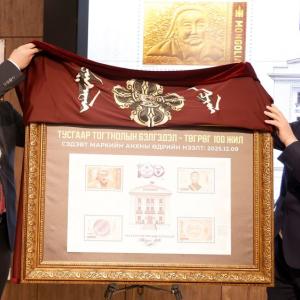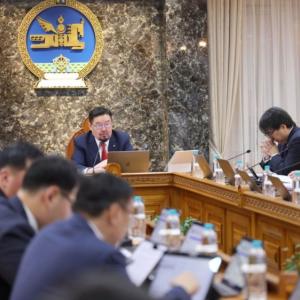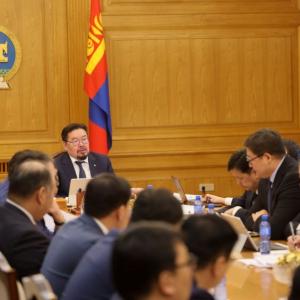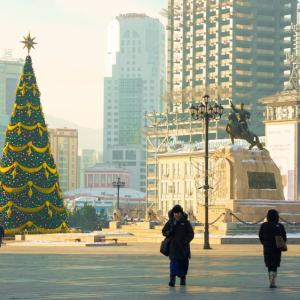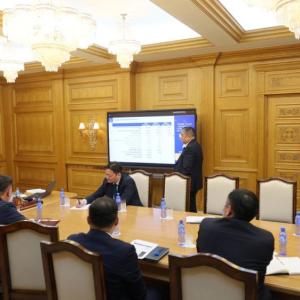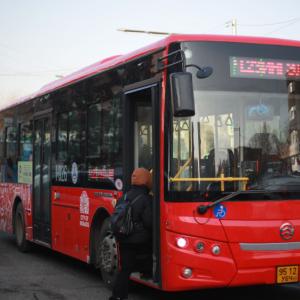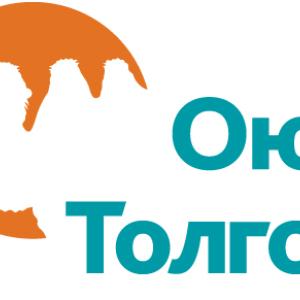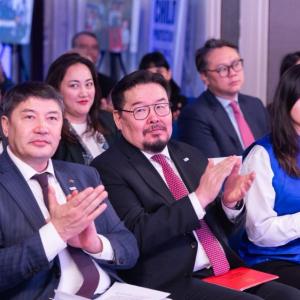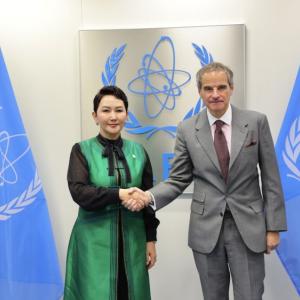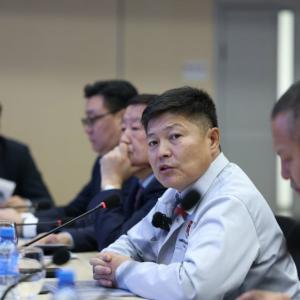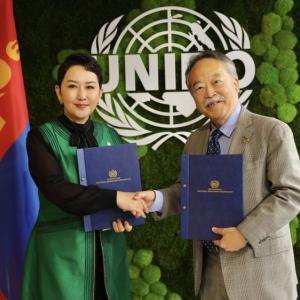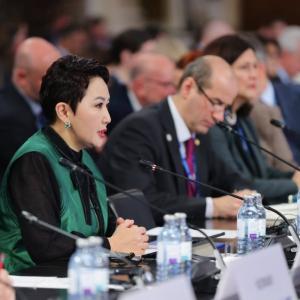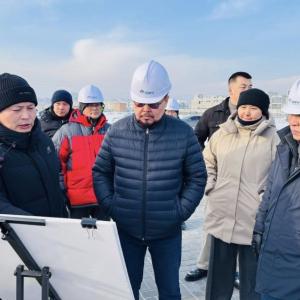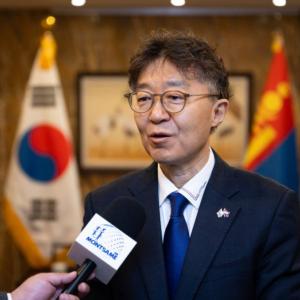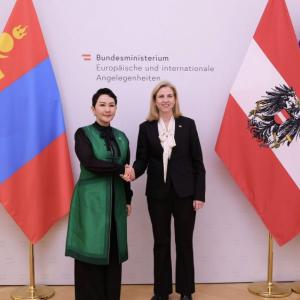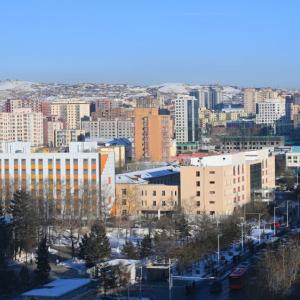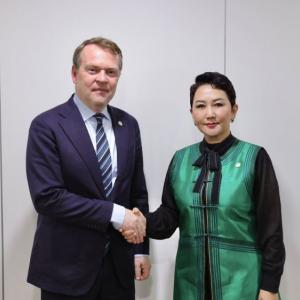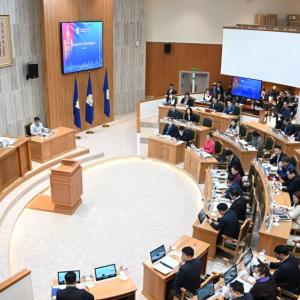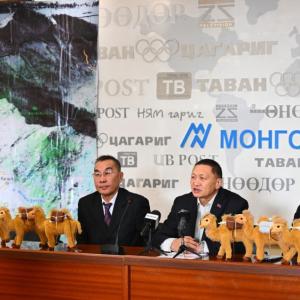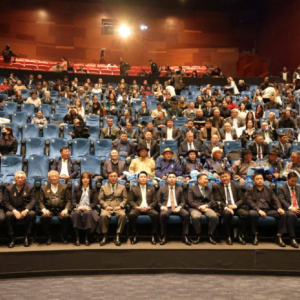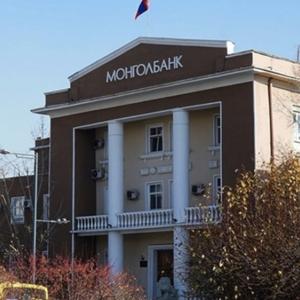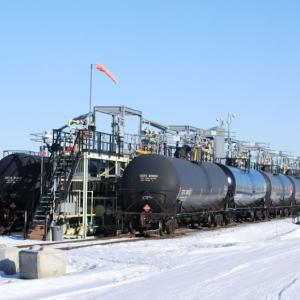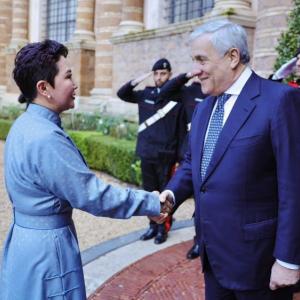Private sector investment increases for renewable energy projects
The Mongol MessengerMongolia faces great challenges in meeting its growing demand for electricity, almost all of which is currently met by ageing and polluting coal-fired plants. According to the Energy Ministry, Mongolia produced and imported a total of 7.1 billion kWh of electricity in 2015, consisting of 77.7 percent coal, 0.6 percent diesel, 1.4 percent renewable energy and 20.3 percent import.
Due to harsh winters and being the most sparsely populated country, it is a challenge to provide sufficient heat and electricity for its people, especially in rural areas. Renewable energy is considered one of the proper solutions to resolve it as Mongolia has enormous resources for renewable energy, particularly solar and wind power.
The state policy on energy, mid-to-long term target and plan for 2015-2030 in the energy sector, set a objective to increase the power generation share of renewable energy to 20 percent by 2020 and to 30 percent by 2030. Besides government projects, a number of private developers are currently working on several coal-fired power plants as well as a number of Wind and Solar power plants. The projects are expected to contribute to sustainable economic development and the mitigation of climate change through clean, eco-efficient electricity.
Second wind farm to be built in South Gobi
Mongolia is estimated by the National Renewable Energy Laboratory to have good-to-excellent wind resources of over 2,550 terawatt-hours per year. When including moderate-level wind resources, or those suitable for rural power applications, this estimate increases to over 8,123 terawatt-hours per year. It is expected that mining developments will see major power demand growth in Mongolia, especially in the South Gobi region where the majority of existing and future mines are likely to be located. New power generation to supply such loads is required to maintain future industrial zones, which could potentially include wind and solar projects. Mongolia's southern Gobi will have a 50 MW wind farm by the end of the next year. On September 28, Clean Energy Asia LLC together with its shareholders, Newcom LLC and SB Energy Corp., signed financing agreements to construct the wind farm with the Japan International Cooperation Agency (JICA) and the European Bank for Reconstruction and Development (EBRD).
The Project site comprises approximately 7 square km of remote southern Gobi located some 495km and 22km south of settlement of Tsogttsetsii Soum, Umnugobi Aimag. Twenty-five wind turbine generators will be constructed there. In addition to these generators and their foundations, a network of around 18km of underground cables will be installed to collect the energy produced by the generators and transmitted to an on-site substation. The on-site substation will transport the electricity generated via a 34km overhead transmission line to the main grid at the Tavan Tolgoi Substation.
The Thetsii wind farm project is the first dollar-denominated project finance debt transaction by JICA through its Private Sector Investment Finance scheme in the renewable energy field, and the second renewable energy project in Mongolia for Newcom and EBRD following the 50 MW Salkhit Wind Farm in Tuv Aimag, the first wind farm and first private power generator in Mongolia which began operations in 2013. JICA has been supporting the power sector in Mongolia, especially Ulaanbaatar Thermal Power Plant No.4 and it intends to continue providing its support for stable socioeconomic growth.
“Having first established the Salkhit Wind Farm Project, the first and only wind farm and private power generator in Mongolia to date, Newcom is proud to continue its investment into Mongolia’s renewable energy sector. The Tsetsii Wind Farm project is a further demonstration of Newcom’s commitment to the development of Mongolia through strengthening infrastructure and leading the liberalization of the power sector through sustainable and long-term investments”, said Boldbaatar Tserenpuntsag, Chairman of Newcom Group.
The Project will have a positive benefit through the displacement of greenhouse gas emissions produced through thermal energy generation. Approximately 230,000 tons of greenhouse gas emissions would be displaced as a result of the Project. There would be 180,000 tons of coal and 1.2 million tons of water saved through the Project implementation. Mongolia is the first country to sign a memorandum with Japan on the Joint Crediting Mechanism to reduce greenhouse gas emissions. With this project, the SoftBank Group will have bases in Japan, India and Mongolia for its renewable energy business. We will work to further expand our global business to increase the adoption of renewable energy and reduce CO2 emissions, commented Masayoshi Son, SB Energy Chairman & CEO.
Clean Energy Asia LLC, joint venture established in 2012, is 51 percent owned by Newcom LLC, and the remaining 49 percent is owned by a subsidiary of SB Energy Corp, a subsidiary of SoftBank Group Corp. Its main goals are to survey potential renewable energy power generation sites in Mongolia, expanding investment in and development of the renewable energy sector in Mongolia as well as exporting clean energy to other regions thus facilitating the creation of the Asia Super Grid.
30 MW solar plant to be built in Kharkhorin
On October 02, a consortium of “Taij” group of Mongolia and ‘First Gobi Solar’ LLC of Hungary signed a memorandum on building a 30 MW solar plant and agreement on using land and laid the foundation for the plant. The solar plant will be built 11 km north of Erdenezuii Monastery in the territory of Kharkhorin Soum of Uvurkhangai Aimag, occupying 50 ha of land. Some 115 thousand solar panels will be installed on the field. The project costs USD50 million and a loan with 5 percent annual interest finances the project. The plant will be built in 12 months and is expected to be put into operation at the end of next year.
"Kharkhorin is a big tourist region. There is tendency in the world that tourism and renewable energy is preferred to be developed together. A 30 MW solar plant means a sufficient source to supply 100 thousand people with energy. We hope the project will lead to more intensified tourism with more ecological and economic benefits" said L.Ganpurev, President of ‘Taij’ group.
The project implementers plan to recover their investment cost in 10 years and after that the plant will be transferred to the state. The plant will produce 53.8 million KW power annually, paying taxes worth Tgs1.8 billion, while avoiding to produce 1.2 million tons of greenhouse gas.
The article is featured in the Mongol Messenger's issue No. 40, October 07, 2016.
 Ulaanbaatar
Ulaanbaatar





